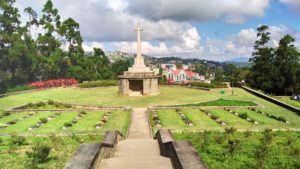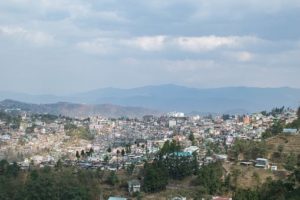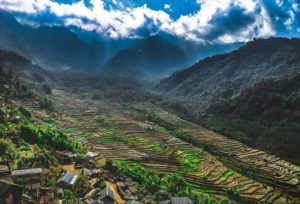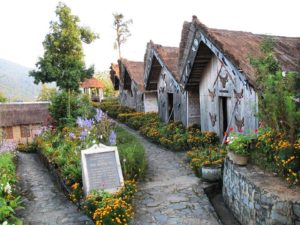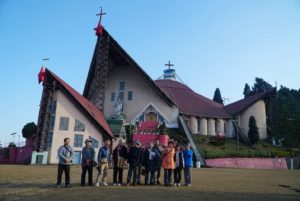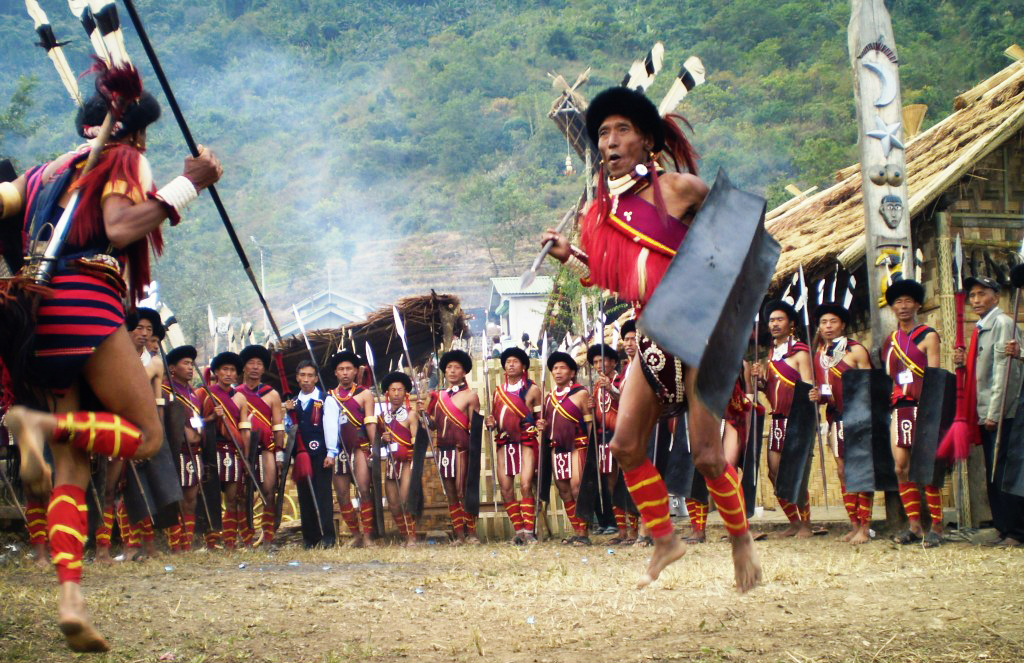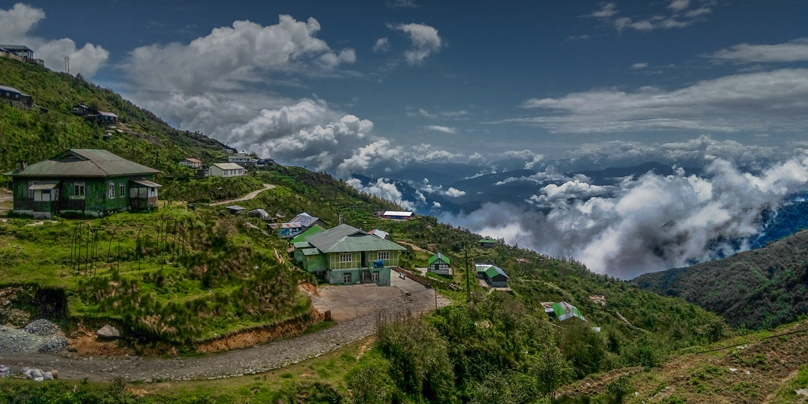Kohima is derived from the word “Kew Hi Ma” which means ‘the men of the land where the flower Kew Hi grows’. Situated at an altitude of 1444 m. above sea level, Kohima is the Capital of Nagaland. Like other Naga settlements, Kohima stands on top of a mountain range. In a very real way, a fusion of different cultures, added to a blend of modernism, makes Kohima a fast growing and very varied city.
Places of interests:
- The Kohima War Cemetery
The Kohima War Cemetary:
“When You Go Home, Tell Them Of Us And Say,
For Your Tomorrow, We Gave Our Today”
Constructed in the memory of the officers and soldiers who made the supreme sacrifice during World War II, the war cemetery attracts hundreds of visitors every year including the relatives of those martyrs. Maintained by the Commonwealth War Graves Commission, the cemetery bears witness to more than 2000 graves; and on each grave there are beautiful epitaphs carved in bronze.
- Bara Basti Kohima
Kohima village:
Popularly known as Bara Basti (Big Village) the Kohima village is one of the largest villages in Asia. Inhabited mainly by the Angami tribes it is divided into ‘khels’ or localities.A large traditional wooden gate welcomes you to the village: the gate is elaborately carved with warriors and weapons and the skull of the mithun, a symbol of prosperity.
- Khonoma Green Village
Khonoma Green Village:
Located 21 kms away from Kohima town, Khonoma village is the first “green village” of Nagaland. The village is well known for the legendary leader Angami Zapu Phizo who was the founder of the Naga movement. It is in this place where the Naga warriors made their last stand against British aggression in 1879.’Khonoma Nature Conservation and Tragopan Sanctuary’ (KNCTS) was initiated to create environmental awareness among the inhabitants, and preserves about 70 sq km of its village forest. The village is also famous for the fallow management of its alder trees, a policy which balances nature in the surrounding areas.
- Touphema
Touphema Tourist Village:
Lying between Mokokchung and Kohima highway, Tuephema is a unique village resort in the midst of blue hills. It is a good example of eco and rural tourism where one can experience modern and hygienic accommodation in traditional huts in an ethnic setting. The local villagers show-case their culture through traditional dances and ethnic foods – including rice beer.
- Kisama Village
Kisama Village: Kisama is 12km from Kohima on the National Highway number 39. The gentle slope at the base of a steep mountain peak is the venue for the famed Hornbill Festival.The Heritage Villages is designed in the form of an ancient Naga village to give an authentic feel of a true Naga village and the experience of traveling back in time. After converting into Christians, Nagas have abandoned most of their tribal culture and traditions. It is only recently that they are trying to revive their past.
- The Cathedral Kohima
The Cathedral :The Cathedral is located on Aradura Hill in Kohima. It is one of the biggest cathedrals in North East India. Its splendid architecture makes it one of the important landmarks of Kohima. The unique design created by blending the traditional with the orthodox resulted in an architectural marvel. It is also home to the largest cross that is made of wood in the country. The magnificent crucifix is carved in wood and is 16 ft high, possibly one of the tallest wooden carved crucifixes in Asia. The Stations of the Cross posed in the main entrance is a special beautiful feature. It is the presentation of Jesus‘ final journey with the cross, the last journey to Calvary. The fourteen stations, pose a real replica to the faithful with its beautiful arrangement on the slope of the hill leading up to the Cathedral.




